 Title: Key Considerations for Designing Injection Molds: A Comprehensive Guide
Title: Key Considerations for Designing Injection Molds: A Comprehensive Guide
Injection molds are a crucial component in the manufacturing process of various products across industries. When it comes to designing injection molds, several key considerations need to be taken into account to ensure the production of high-quality parts efficiently and cost-effectively.
One of the primary considerations in designing injection molds is the choice of materials. The selection of the right material for the mold is essential as it impacts the durability, precision, and overall quality of the final product. Factors such as the type of resin being used and the expected production volume play a significant role in determining the most suitable material for the mold.
Another important aspect to consider is the design complexity of the part being produced. Complex part geometries may require intricate mold designs to ensure accurate replication. Working closely with an experienced injection mold designer can help in optimizing the design for manufacturability and minimizing production costs.
Additionally, the choice of an injection mold factory or supplier is critical in the design process. Partnering with a reputable and reliable injection mold factory can streamline the production process and ensure timely delivery of high-quality molds. It is essential to evaluate the capabilities and track record of the factory or supplier to determine if they are the right fit for the project.
Moreover, factors such as mold cooling, venting, and ejection mechanisms should also be carefully considered during the design phase. Proper cooling channels are essential to maintain consistent part quality and reduce cycle times. Efficient venting helps in preventing air traps and ensuring complete mold filling, while a well-designed ejection system facilitates easy part removal from the mold.
In conclusion, designing injection molds requires a detailed understanding of various factors such as material selection, part complexity, choice of supplier, and mold functionality. By carefully considering these key aspects and working with experienced professionals, manufacturers can achieve optimal mold designs that meet their production requirements effectively.

 Title:
Title:  Title: Designing Precision Injection Molds: Key Considerations and Best Practices
Title: Designing Precision Injection Molds: Key Considerations and Best Practices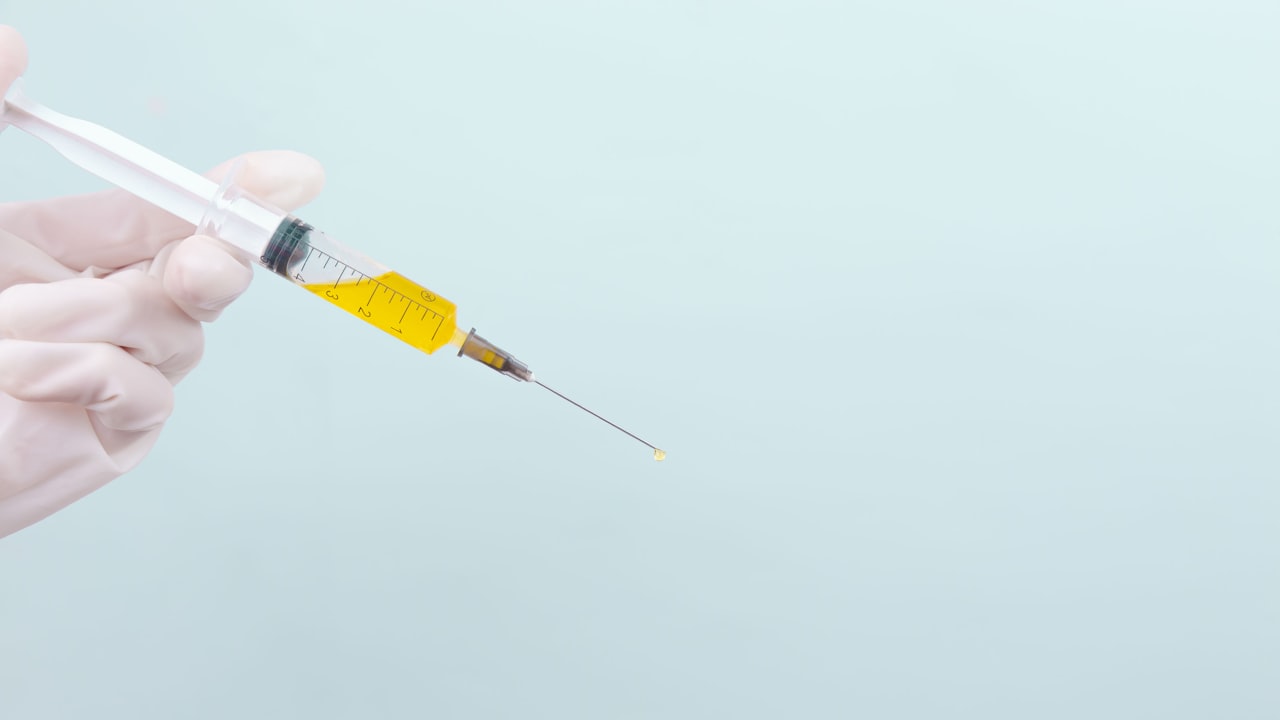 Title: Design and Manufacturing Processes of Injection Mold Tooling
Title: Design and Manufacturing Processes of Injection Mold Tooling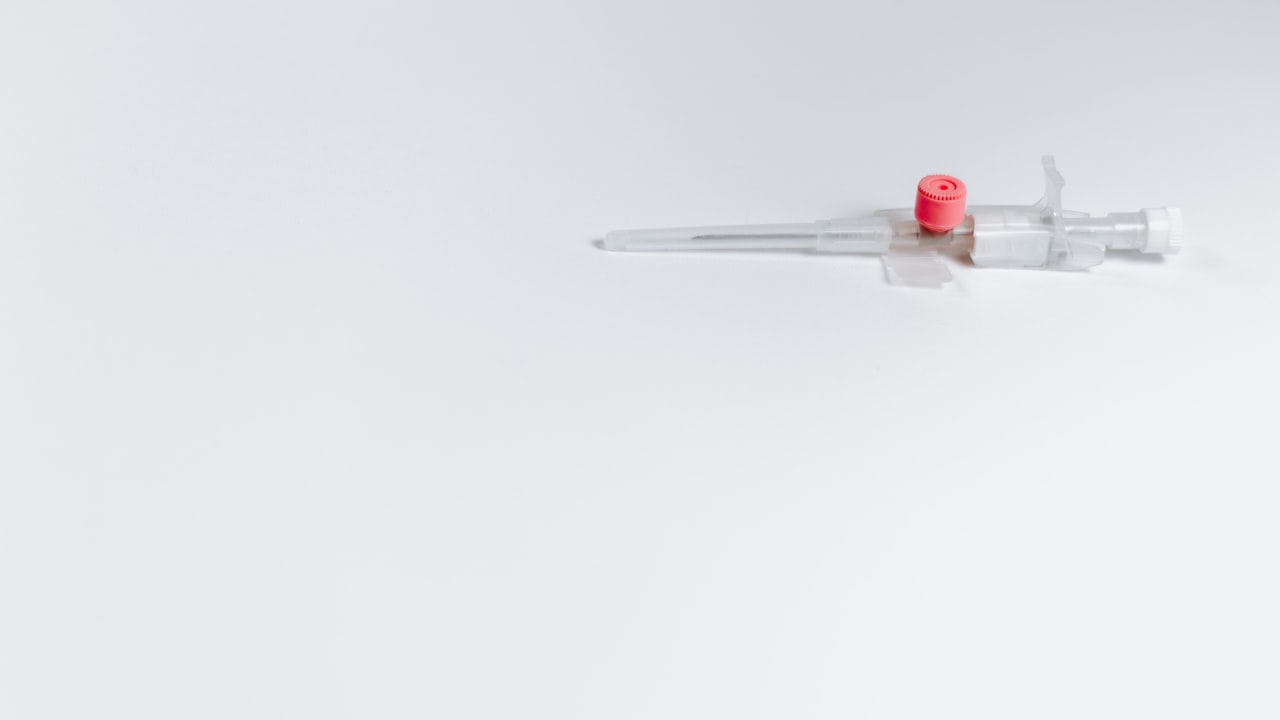 Title: Designing Precision Injection Molds: Key Considerations and Best Practices
Title: Designing Precision Injection Molds: Key Considerations and Best Practices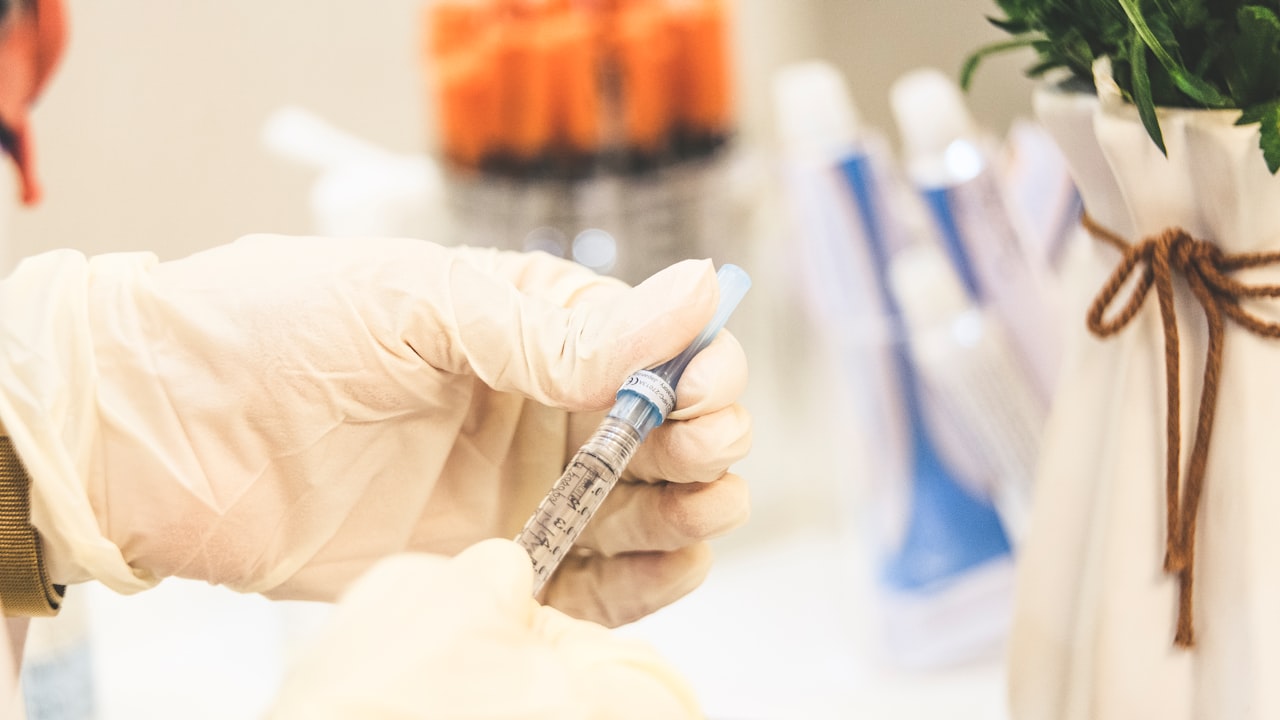 Title: Designing Precision Injection Molds: Key Considerations and Best Practices
Title: Designing Precision Injection Molds: Key Considerations and Best Practices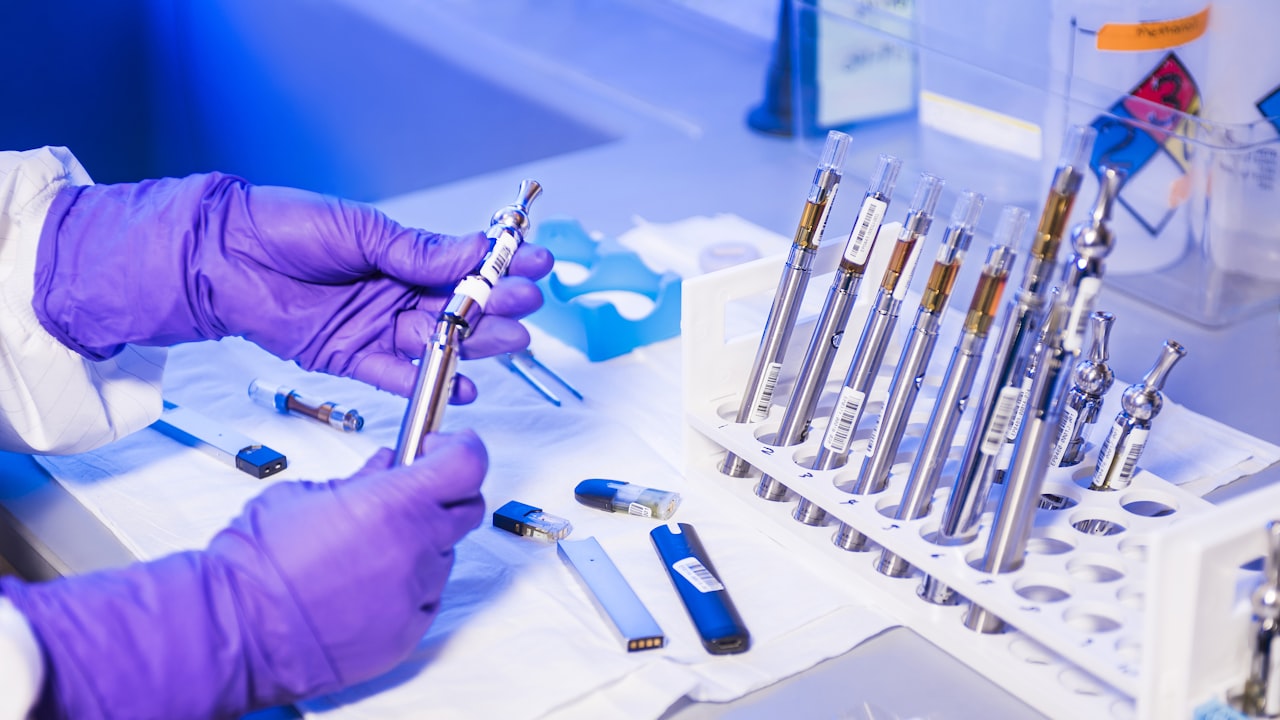 Designing Precision Injection Molds: A Comprehensive Guide
Designing Precision Injection Molds: A Comprehensive Guide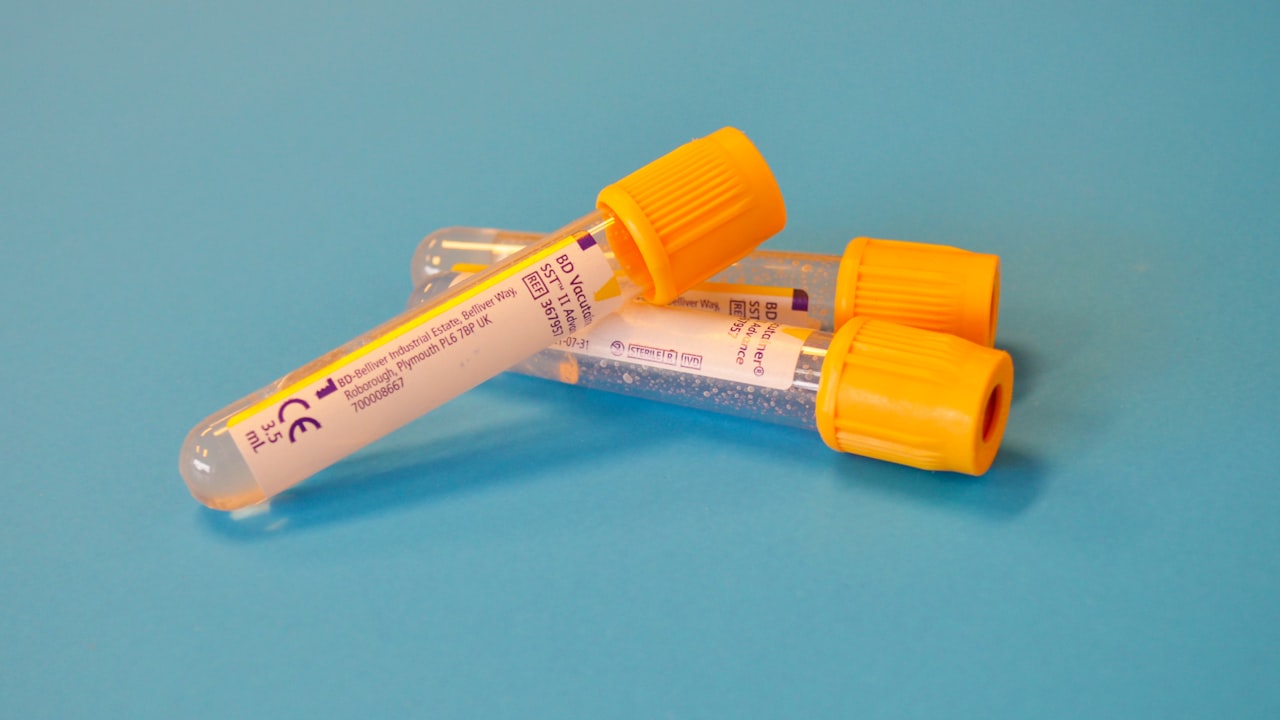 Title: Designing Precision Injection Molds: Key Factors for Success
Title: Designing Precision Injection Molds: Key Factors for Success Title: Designing Precision Injection Molds: Key Factors for Success
Title: Designing Precision Injection Molds: Key Factors for Success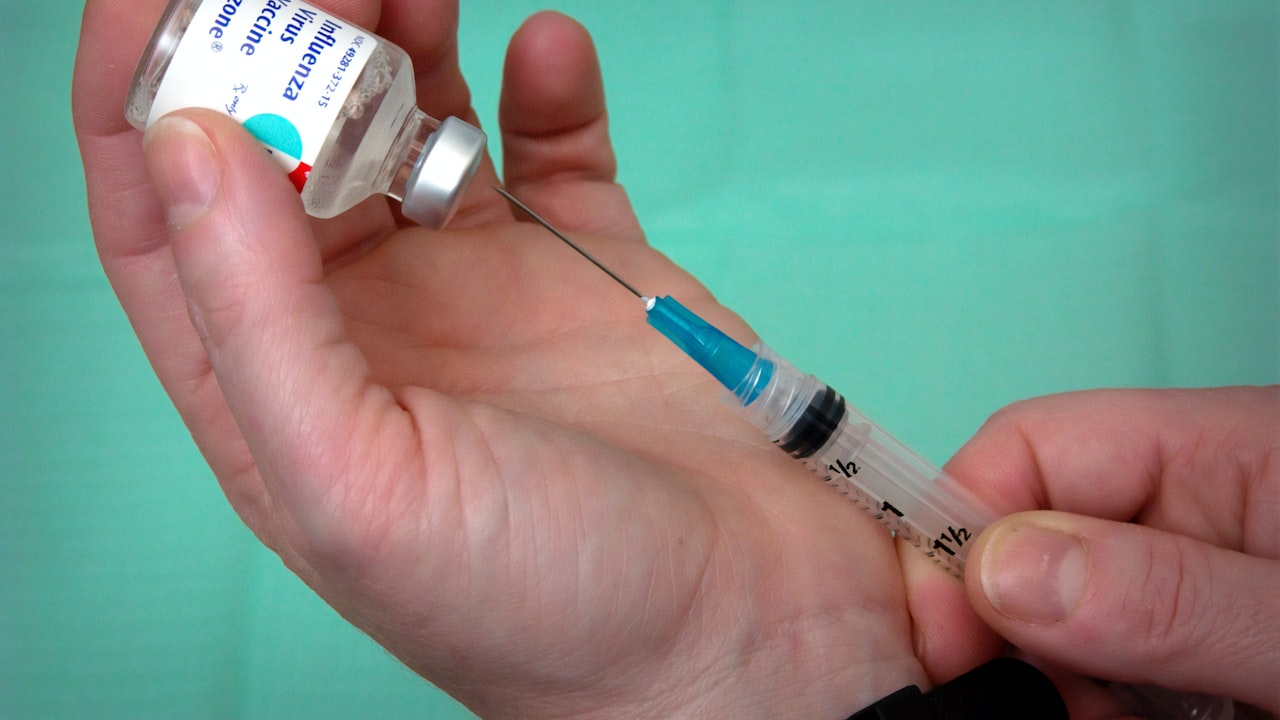 Title: “The Evolution and Importance of Injection Mold Design”
Title: “The Evolution and Importance of Injection Mold Design”